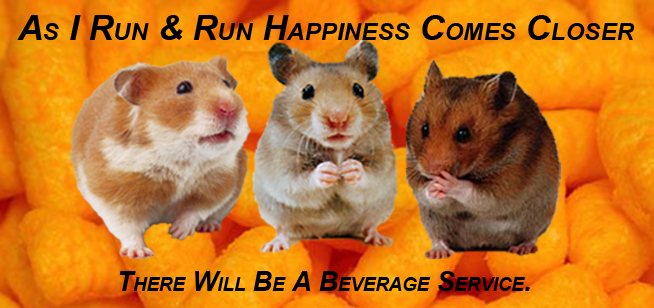I don’t have a standout memory to share about Sierra’s classic adventure game Freddy Pharkas Frontier Pharmacist, but yet the game sticks out in my memory of one of my favorite games from my childhood. I’ve played many other adventure games that are arguably better, but few others left the lasting impression that this game did.
By the time this game was made Sierra had polished
their adventure game craft to the point where they were at the pinnacle of not
only the genre, but also the computer gaming world. Although it was
overshadowed by games like King’s Quest VI (which up until Warcraft II came
along was the best-selling computer game of all time), Freddy Pharkas is one of
Sierra’s finest games, an example of
their wonderful hand-painted landscapes, engaging storytelling, unique
characters, streamlined interface and exceptional voice acting coming together
to form a undeniably fun game. Even the frequent deaths that required obsessive
saving indicative of Sierra’s adventure games just a few years earlier which
many (most notably LucasArts) had criticized as an unwanted distraction from
the player’s engagement in the game world, had been scaled back. Freddy Pharkas
might not always be remembered as one of Sierra’s best games since it did
nothing to blaze new territory and, being a stand-alone game, is not remembered
with as much adoration as their more beloved series like King’s Quest or Quest
for Glory, but few other adventure games draw you into their world with such
force while also cracking you up the entire time.
FPFP was designed by Al Lowe of Leisure Suit Larry
fame during what was probably Sierra’s peak in 1993. Ken Williams, founder of
Sierra, wanted to creature adventure games of various genres similar to those
popular in literary industry (fantasy, science fiction, comedy, mystery, police
dramas). Freddy Pharkas was one of the last attempts Sierra made along these lines
as the representative of the western genre, but with the twist of combining it
with Al Lowe’s signature brand of cornball/dirty old man humor.
One of the biggest joys of playing Freddy Pharkas
is how crammed full of jokes it is. Descriptions of every object even down to the
most mundane item in Willy’s store include all sorts of puns, potty humor and
pop culture references. No opportunity for a joke is left untaken and a
tremendous amount of work must have gone into composing the countless lines of
dialogue and descriptions in the game, an example that even modern adventure
games would do well to follow.
The plot of Freddy Pharkas, a former gunslinger
who turned Pharmacist once his ear was shot off by our villain, follows Freddy
as he is attempting to discover why the economy has dried up in the town of
Coarsegold. Along the way, Freddy has to solve a problem of a backed up
outhouse and use his medical skills to find a way to stop the town from being
poisoned by horse flatulence. Owing its inspiration to Blazing Saddles, the
story leans on poking fun at a lot of clichés from old western movies. As you
might expect from a parody, the plot is little more than a vehicle to keep the jokes
coming down the manufacturing line with just enough of a story to keep you
along for the ride.
Where Freddy Pharkas really shines is in its
characters. Characters are often a politically incorrect caricature of common
western tropes, but each one is beautifully realized from the spot-on voice
acting to the gorgeous portraits to the funny dialogue. Like most comedies, Freddy
Pharkas is not the kind of game that will leave a strong emotional impression
with you, but it makes the town of Coarsegold come alive with each character’s
unique persona and, considering the high stakes in the game’s plot, leaves you feeling
an attachment to the town, like you want to revisit it someday.
The most frustrating part about Freddy Pharkas is
the in-game copy protection. The game comes with a hilarious manual pretending
to be a guide to medicine of the old west. However, in what seems like a never
ending sequence in the first act, this manual is required to mix a series medicines
in your pharmacy for multiple of customers. Each must be mixed with the exact
amounts of powders and liquids and such and the correct procedures which
usually ends up taking a few tries to get right. Combine this with the 3
customers during this part of the game and this copy protection scheme ends up
taking about half an hour to get through, serving as a major distraction from
your engagement in the game world.
Other than this, the biggest downside of Freddy
Pharkas is that too short and leaves you wanting more. At the end of the day, I
want three things from an adventure game: to be sucked into the game world, to laugh
my ass off and after beating it to be sad to leave. Freddy Pharkas Frontier
Pharmacist passes each of these in spades.









